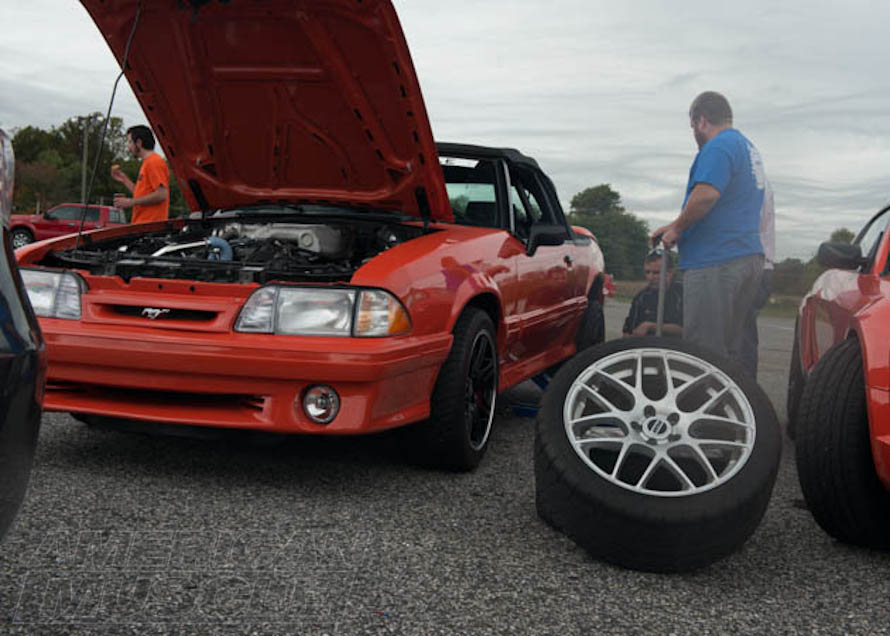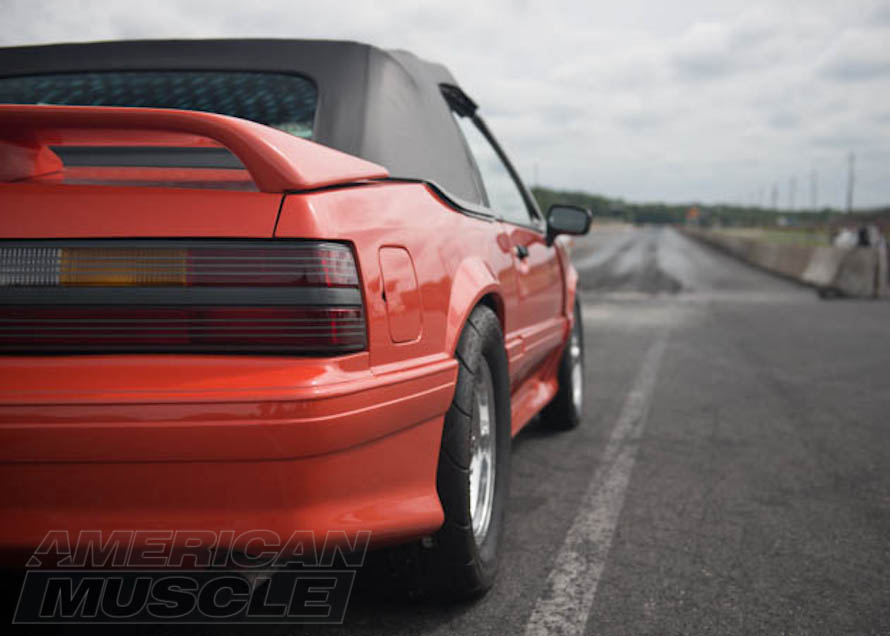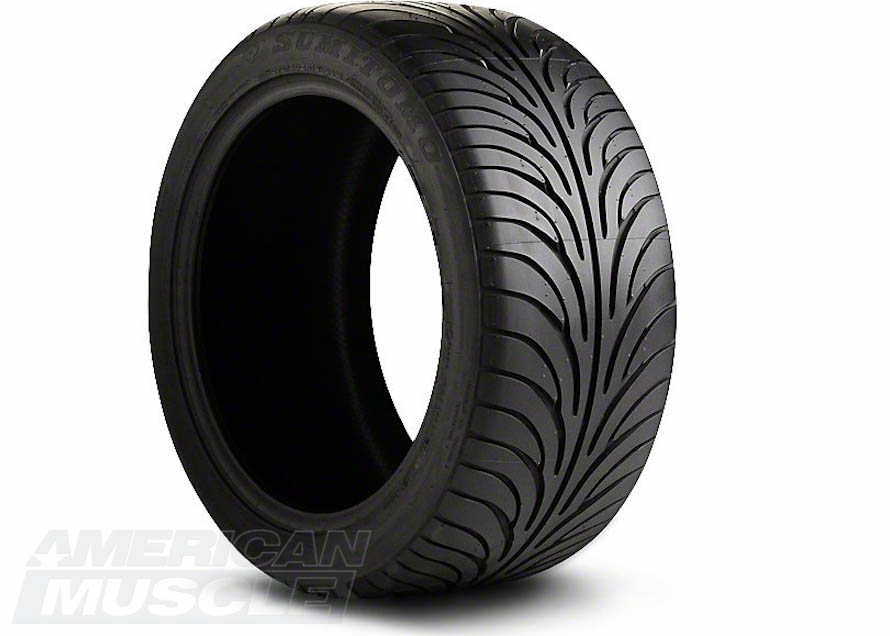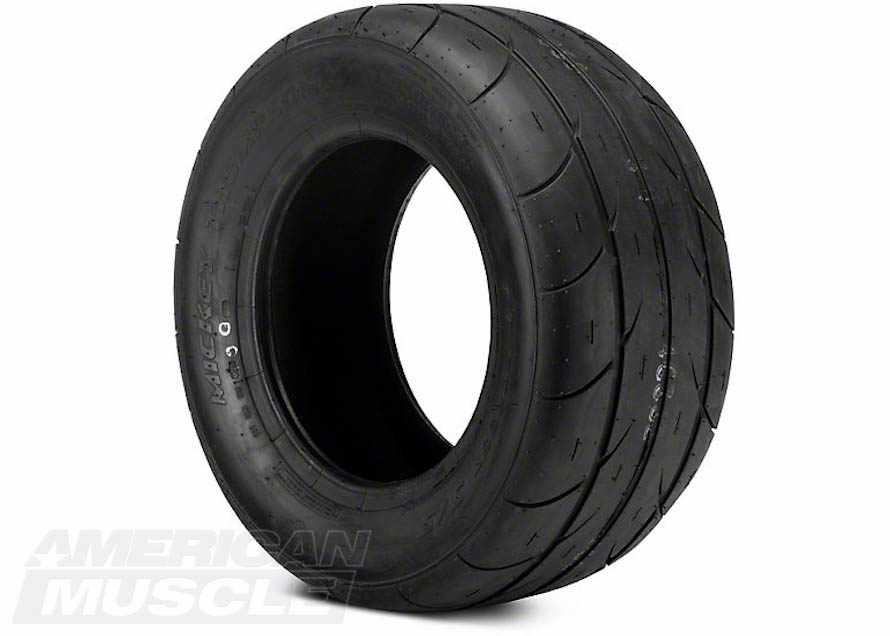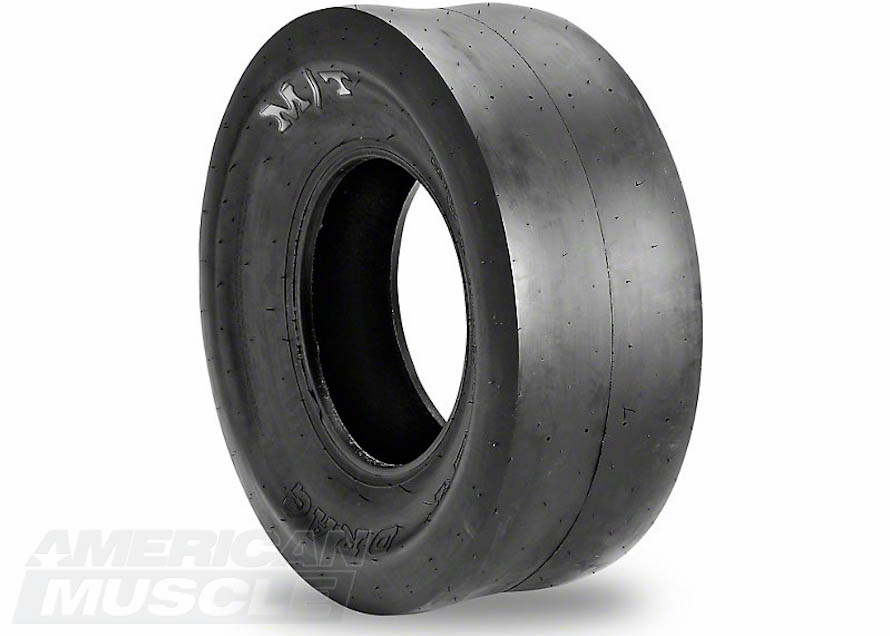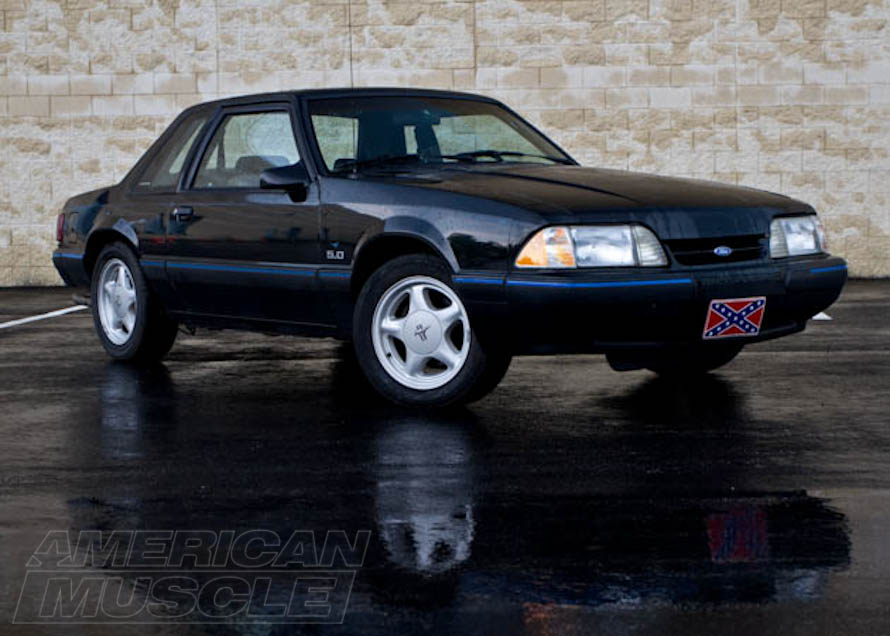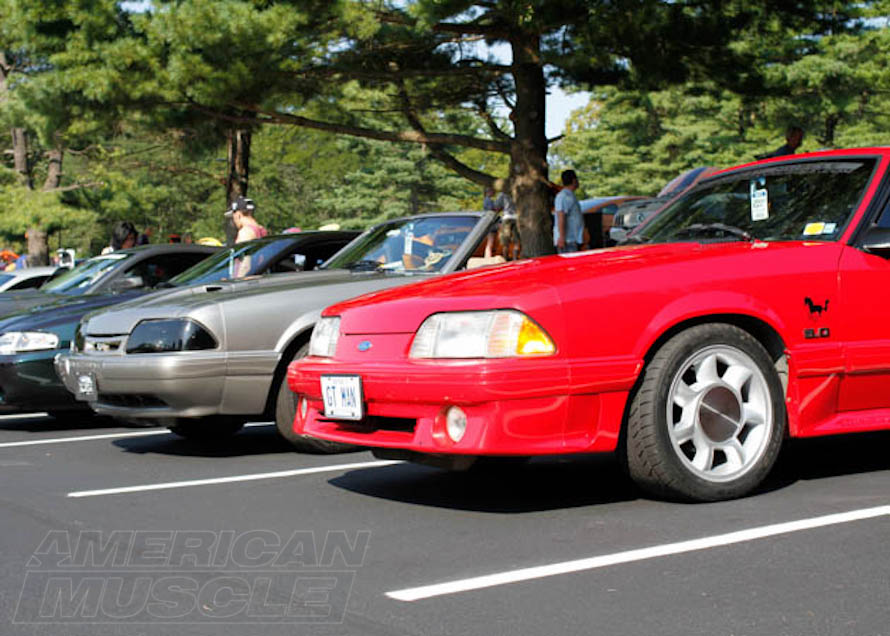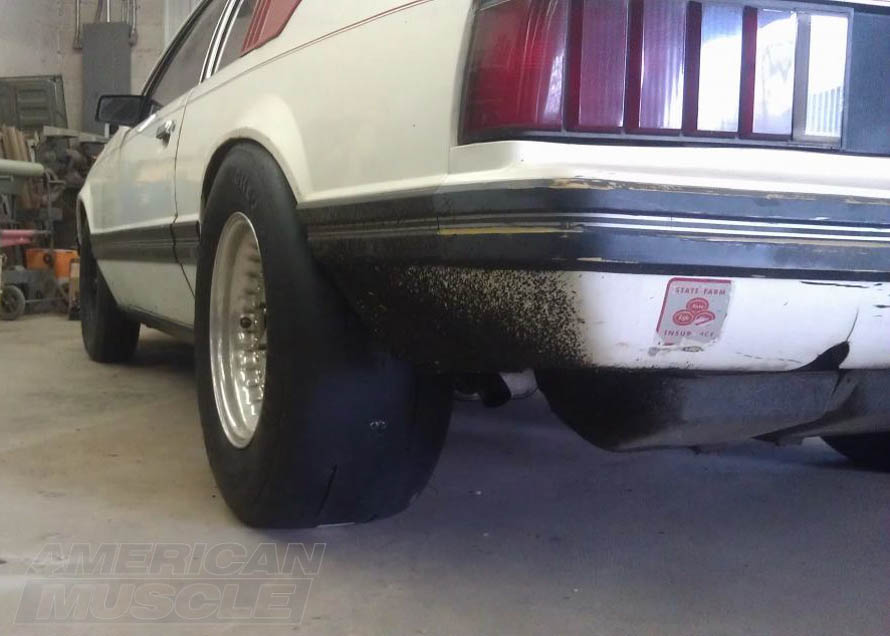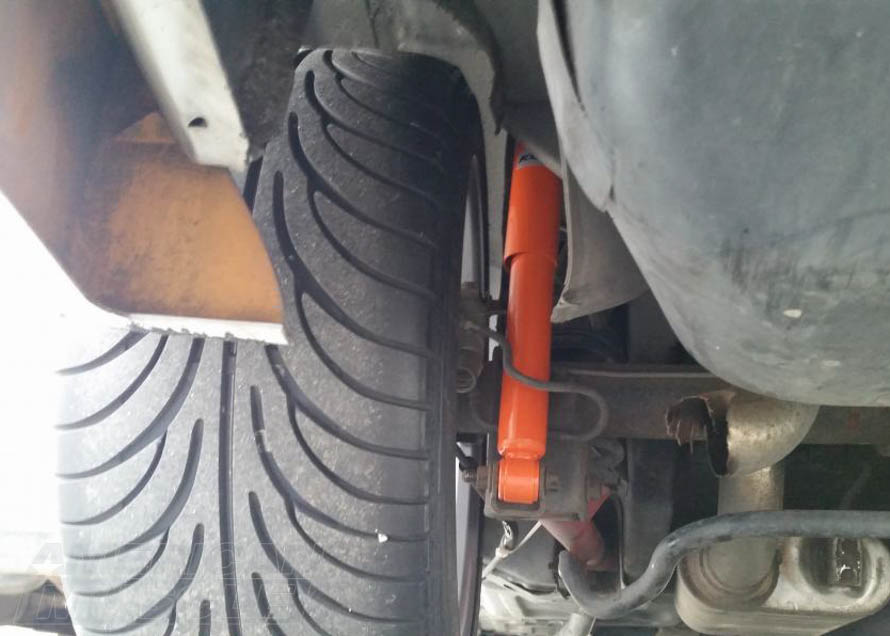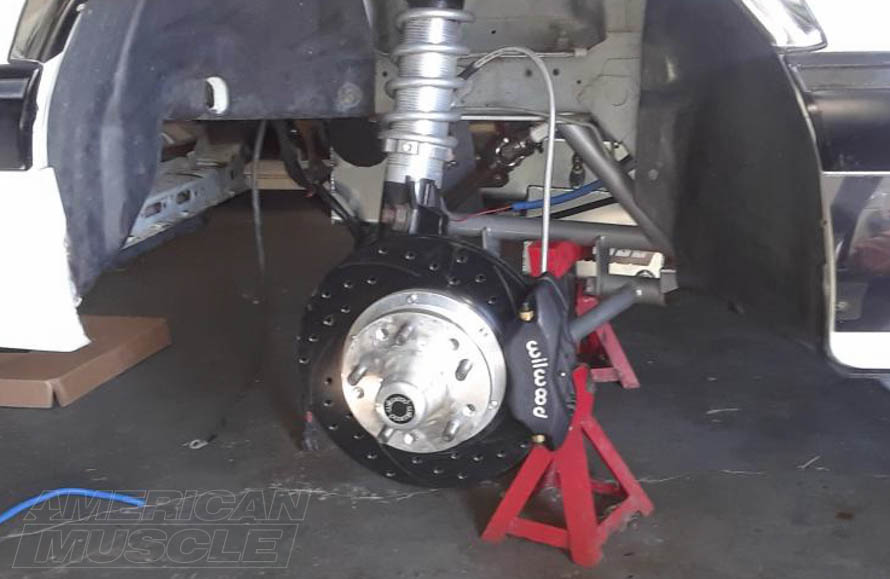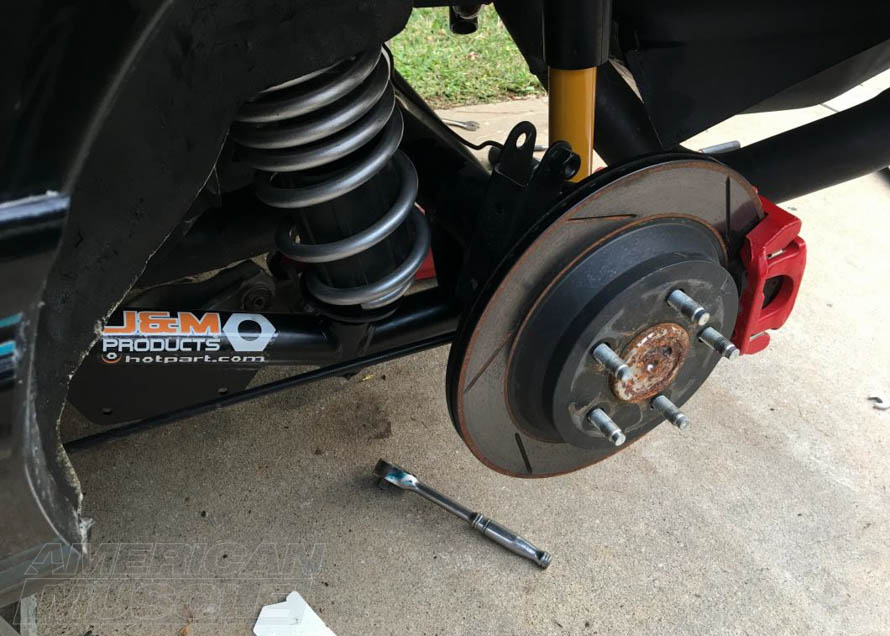A good tire is a critical component of any vehicle and is made even more so when put on vehicles like a Foxbody Mustang (big V8, lots ‘o potential for speed). This guide will help you make the right selection based on how you drive your Mustang.
Contents
- The Importance of Tires
- Max Foxbody Mustang Tire Sizes
- Types of Mustang Tires - High Performance
- Drag Radial Tires
- Racing Slicks
- DOT Approved Mustang Tires
- Choosing the Appropriate Tire Compound
- Fitting Bigger Tires - The Basics
- Needed Rear Modifications - Fender Rolling
- Additional Options - Flipping the Quad Shock
- 5-Lug Conversions and Tire Clearance
- Replace the Stock Control Arms
- Working the Front of Your Foxbody Mustang
Shop Foxbody Tires
Picking the right rubber can be a huge difference maker. If you run your car at the track, proper tires can give you the edge over the competition and for those who daily drive their cars, choosing a good set of tires is a must for safety purposes.


